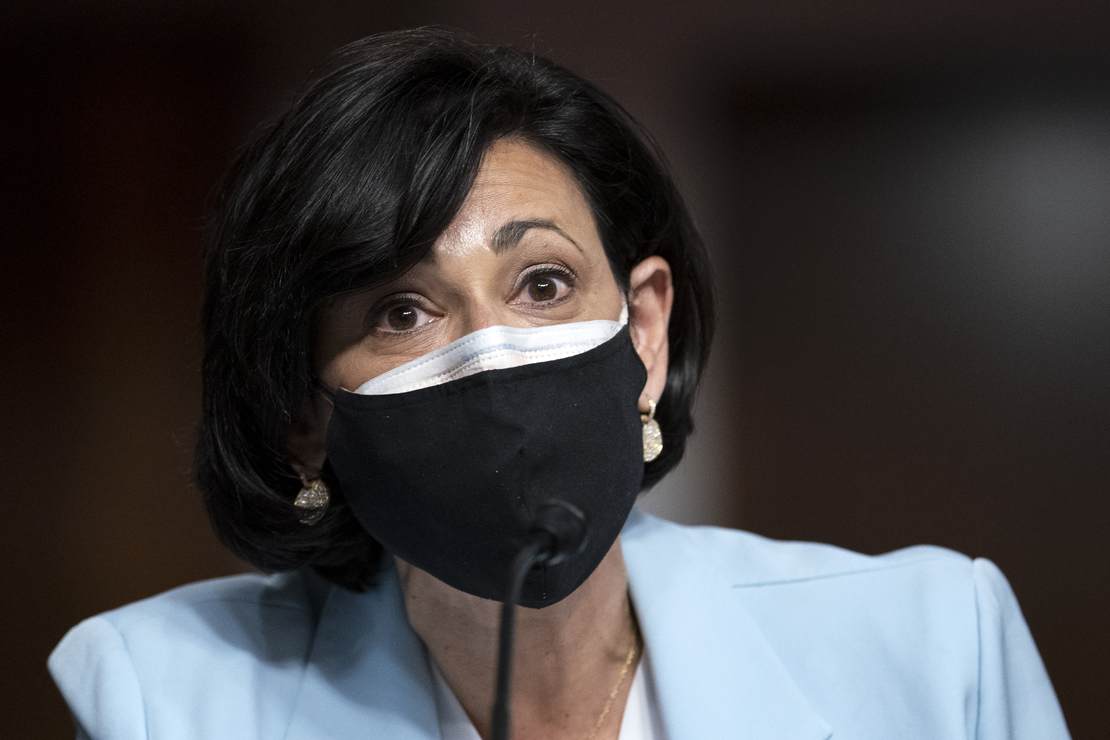
I’m trying not to be too cynical about this, since it’s rare and refreshing for a federal agency to frankly admit to gross incompetence. Literally everyone agrees that the CDC would benefit from a deep rethink about how it operates, yes? They botched testing during the first weeks of COVID; they gave often inscrutable guidance on how best to protect oneself from infection; they were waaaaay too restrictive about schools after being influenced by the teachers unions; and they left themselves too often in the position of having to reverse their positions as the dynamics of COVID changed. I still can’t get over how Walensky announced last May that it was safe for the vaccinated to unmask because the Alpha variant wasn’t spreading among the immunized, only to have to change course like six weeks later when a new variant capable of puncturing immunity emerged.
All of which would be bad enough if they hadn’t also repeated some of the same mistakes with monkeypox, a much slower-moving virus for which a vaccine is already available. Clearly a major shift in the culture of the institution is in order.
Accountability is good. The CDC is making a gesture of accountability here. Good.
But no one expects much from a federal bureaucracy and no one should. Now that the CDC’s credibility has been lost, I’m skeptical that a reorganization that’s all but totally opaque to the general public will rebuild it. If they were keen to rebuild public trust, stopping monkeypox cold was the obvious first step. They blew that too.
These suggestions are sensible on their face but they’ll be judged on how they work during the next health crisis, not as part of some McKinsey-esque flow chart in the abstract.
Some changes still are being formulated, but steps announced Wednesday include:
— Increasing use of preprint scientific reports to get out actionable data, instead of waiting for research to go through peer review and publication by the CDC journal Morbidity and Mortality Weekly Report.
— Restructuring the agency’s communications office and further revamping CDC websites to make the agency’s guidance for the public more clear and easier to find.
— Altering the length of time agency leaders are devoted to outbreak responses to a minimum of six months — an effort to address a turnover problem that at times caused knowledge gaps and affected the agency’s communications.
READ RELATED: The battle between Rep. Nadler and Rep. Maloney continues in New York City
Speed and clarity would be good, although it was clear two years ago that both were lacking and they’re only getting around to acknowledging it now. Also, you can imagine how easily the need for speed might backfire if they rush out a preprint during the next outbreak with an erroneous conclusion that might have been caught if it were properly vetted. One official who worked for Obama was clear-eyed about the need for speed: “The real challenge that faces CDC is that it is extremely difficult to communicate complex scientific issues at a speed that is so fast, faster than the Twittersphere. The margin for error is so small. If you make a mistake in public health, it takes a very long time to regain public trust.” The margin for error is even smaller now that a chunk of the public is predisposed not to trust the agency and will be hunting for ways to criticize it in the future.
Walensky was forthcoming about the CDC’s failures, at least. “For 75 years, C.D.C. and public health have been preparing for Covid-19, and in our big moment, our performance did not reliably meet expectations,” she said in a statement. She sent around an email this morning to CDC staff with a video in which she said, “Prior to this pandemic, our infrastructure within the agency and around the country was too frail to tackle what we confronted with Covid-19. To be frank, we are responsible for some pretty dramatic, pretty public mistakes — from testing, to data, to communications.” The first step is admitting you have a problem. They’re admitting it!
One question, though. Didn’t the White House … just create a new agency to handle pandemic response a few weeks ago?
The change, announced internally on Wednesday, will elevate an existing office — that of the Assistant Secretary for Preparedness and Response, known as ASPR — to its own operating division, the Administration for Strategic Preparedness and Response.
The move effectively creates a new federal agency — on par with the Centers for Disease Control and Prevention and the Food and Drug Administration — that will be responsible for crucial health logistics, including oversight of the Strategic National Stockpile, the nation’s emergency medical reserve, and contracting for and distributing vaccines in an emergency.
The aim is to increase the office’s authority and consolidate its powers so that it can operate as a counterpart to the C.D.C., the F.D.A. and the National Institutes of Health, which all manage various aspects of an emergency response. But it may also create tensions between those agencies — which have their own campuses outside of Washington — and the new division, which will operate out of H.H.S. headquarters in the capital.
I guess the CDC will be in charge of telling you how to avoid infection and what sort of medicine to take if you can’t and the ASPR will be responsible for making sure that medicine is locally available. (That’s another major hole in the feds’ public health response, by the way.) Scott Gottlieb was critical of Biden in an op-ed recently for creating the ASPR, wisely recognizing that adding to America’s administrative alphabet soup rarely means a more efficient federal response. “It’s a classic Washington response to a problem: create an agency around it,” he writes. “The move will only add to the muddle.”
The impossible line the CDC will have to walk even if they succeed at providing advice more quickly and clearly is somehow satisfying pandemic hawks and pandemic doves. Last week’s guidance urging a more relaxed approach to endemic COVID illustrates the problem, as some doctors complained that it was nutty for the agency to encourage infected people to end their isolation after five days without first testing negative on a rapid test. The guidance will always be too cautious for half the country and not cautious enough for the other half now that disease control has landed in the basket of issues for which people are supposed to have a prefab partisan view. Realistically, there’s no way for the agency to regain the trust it once had.
Source:






